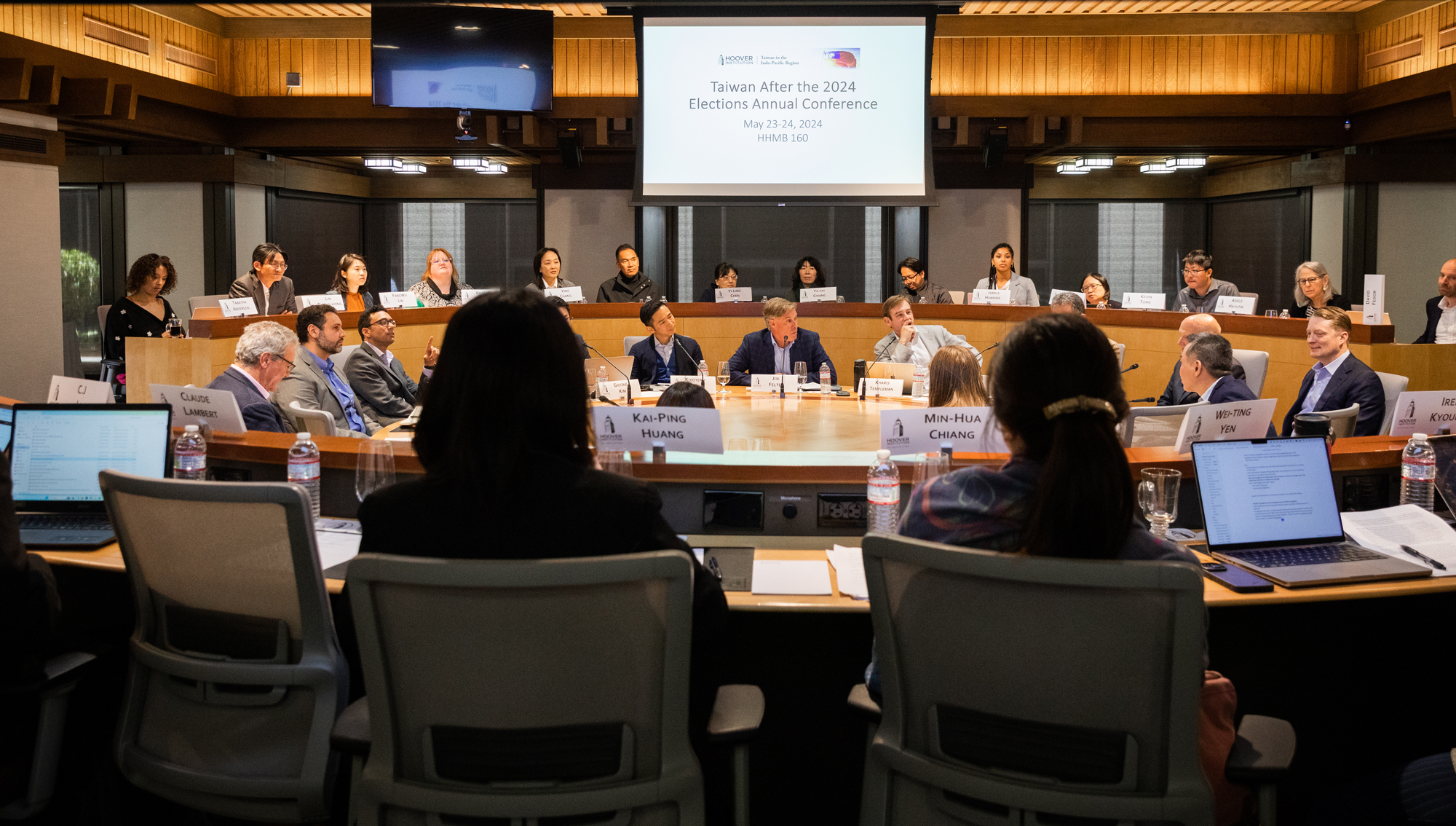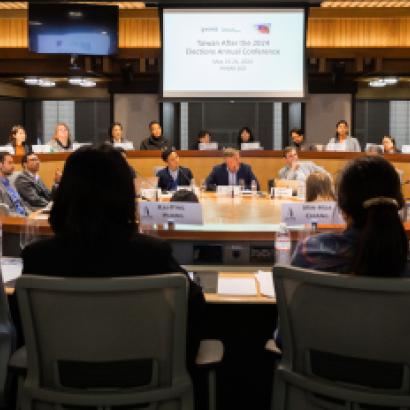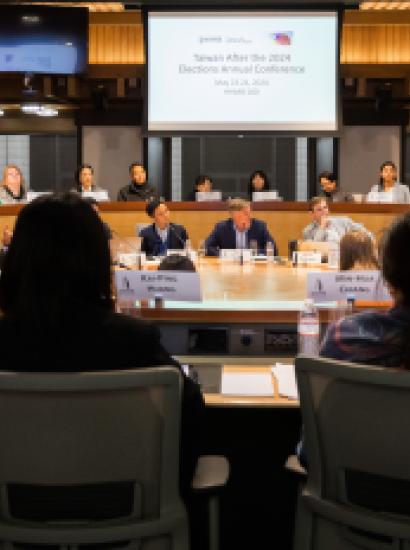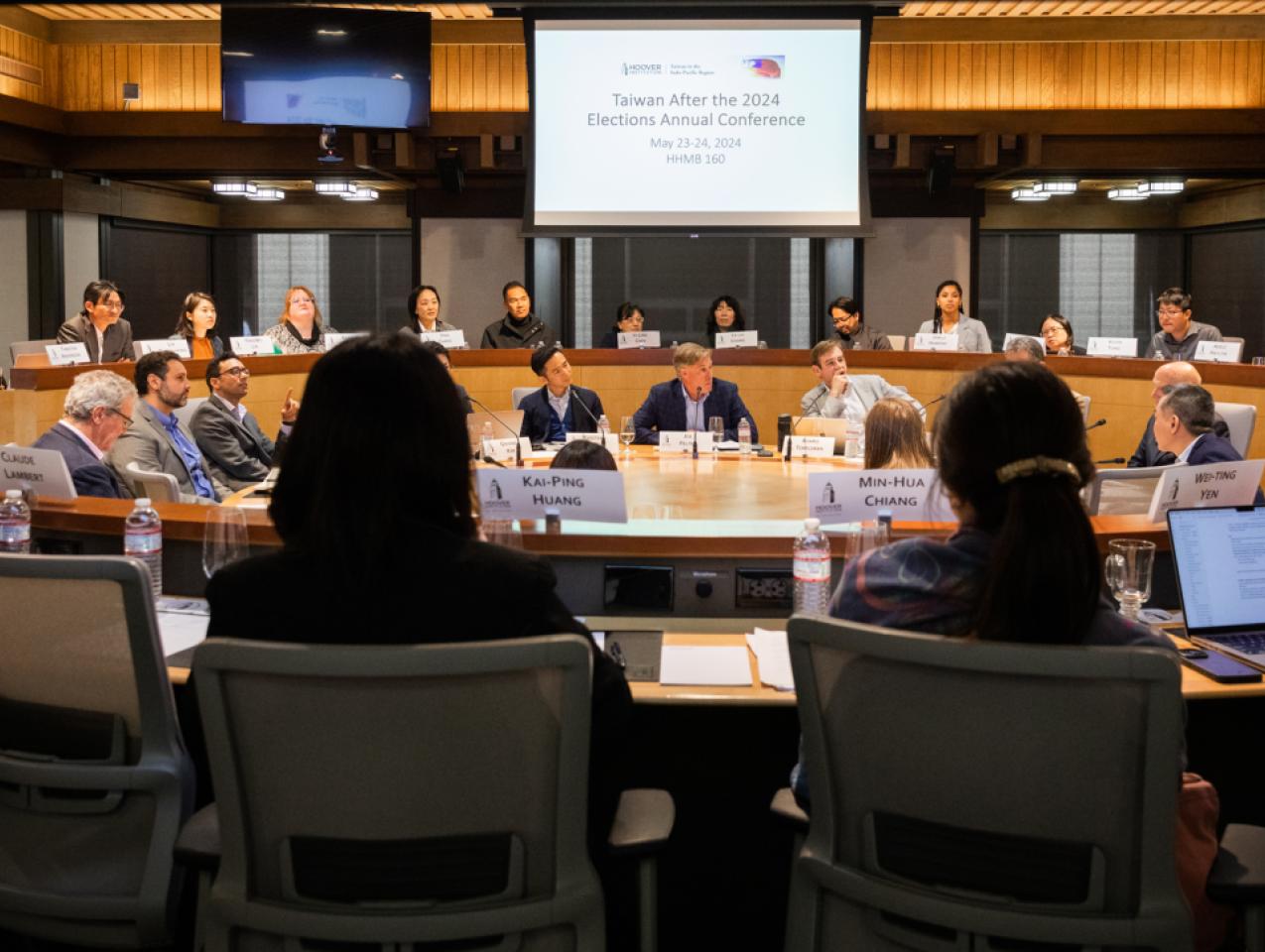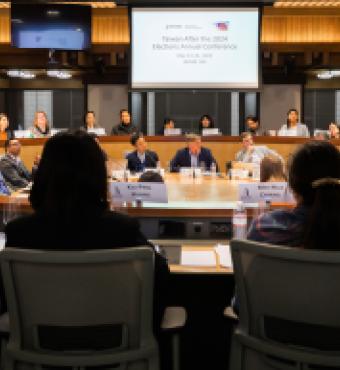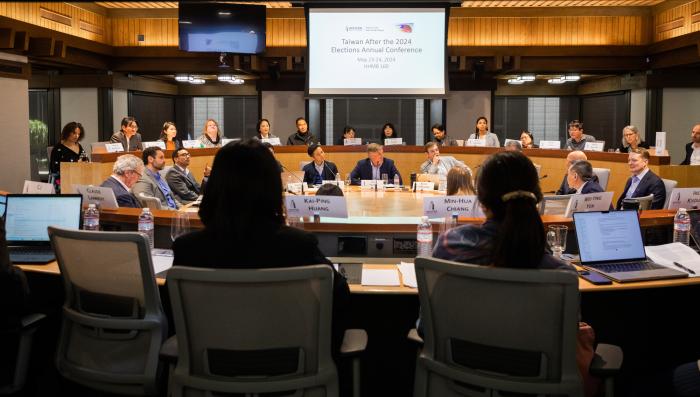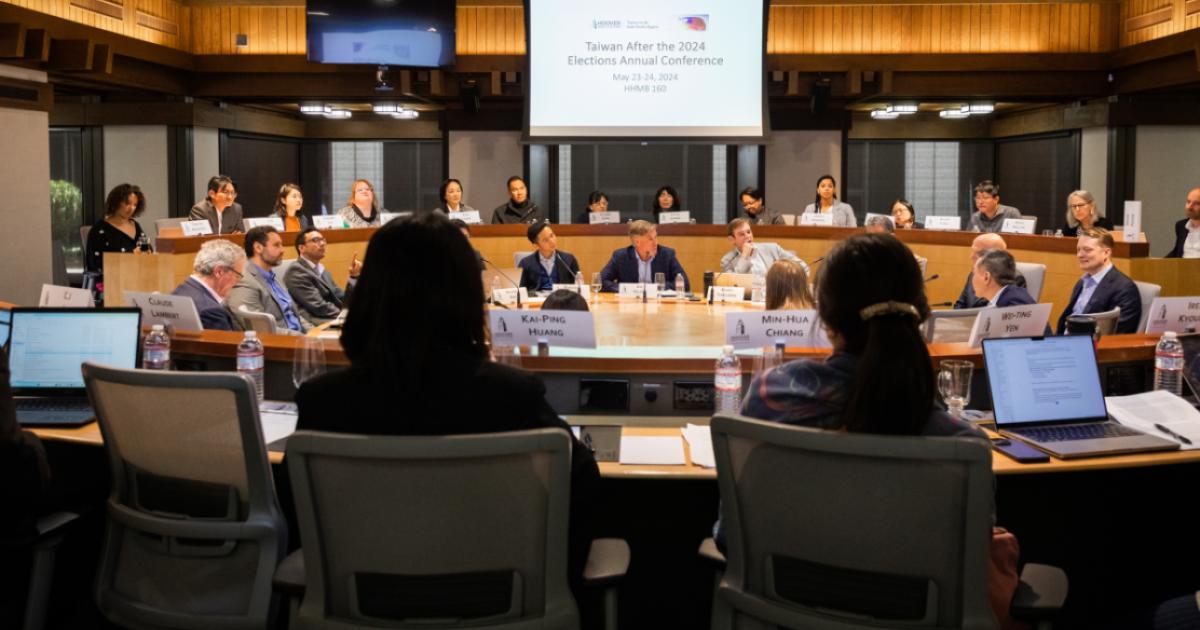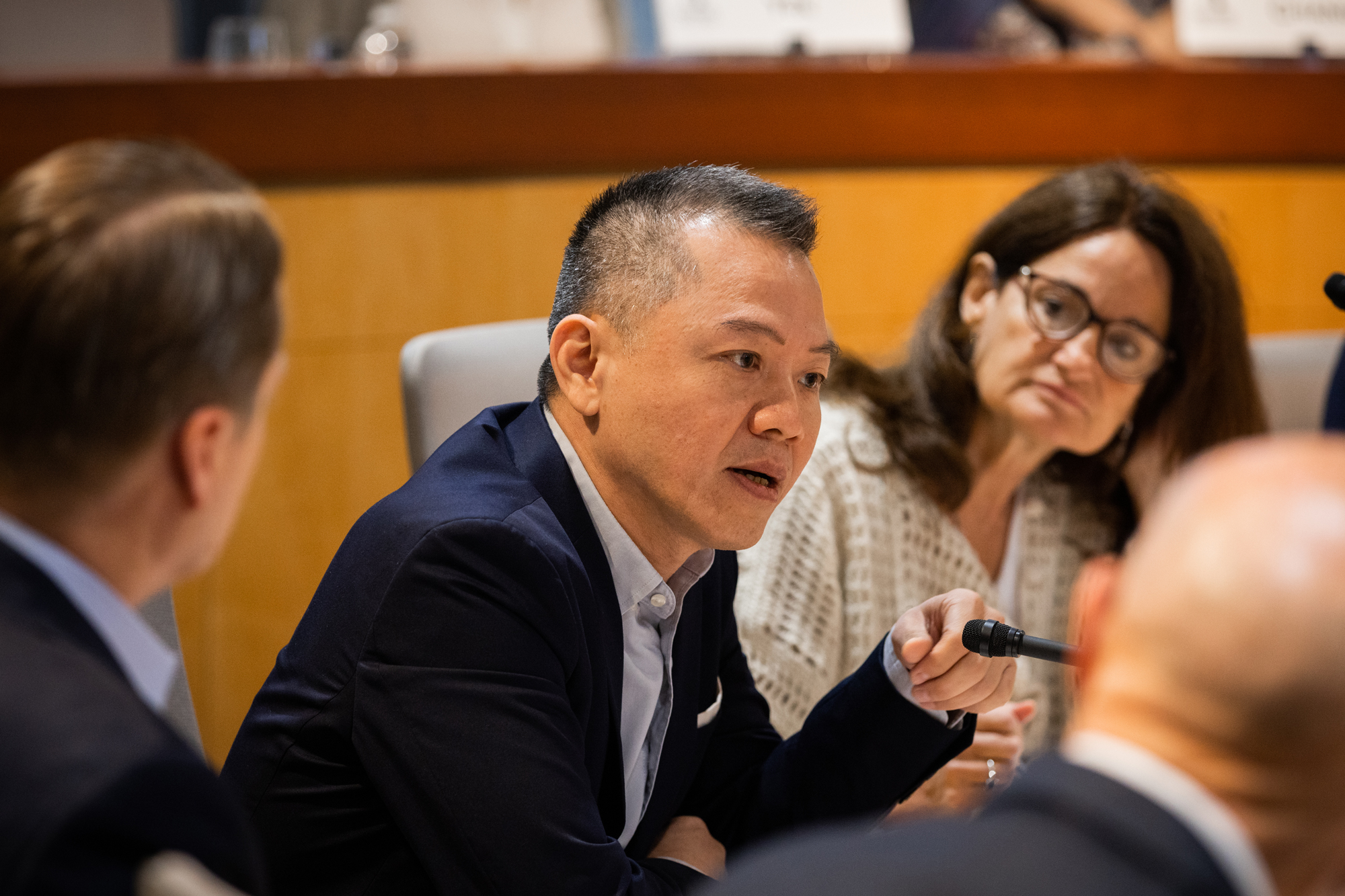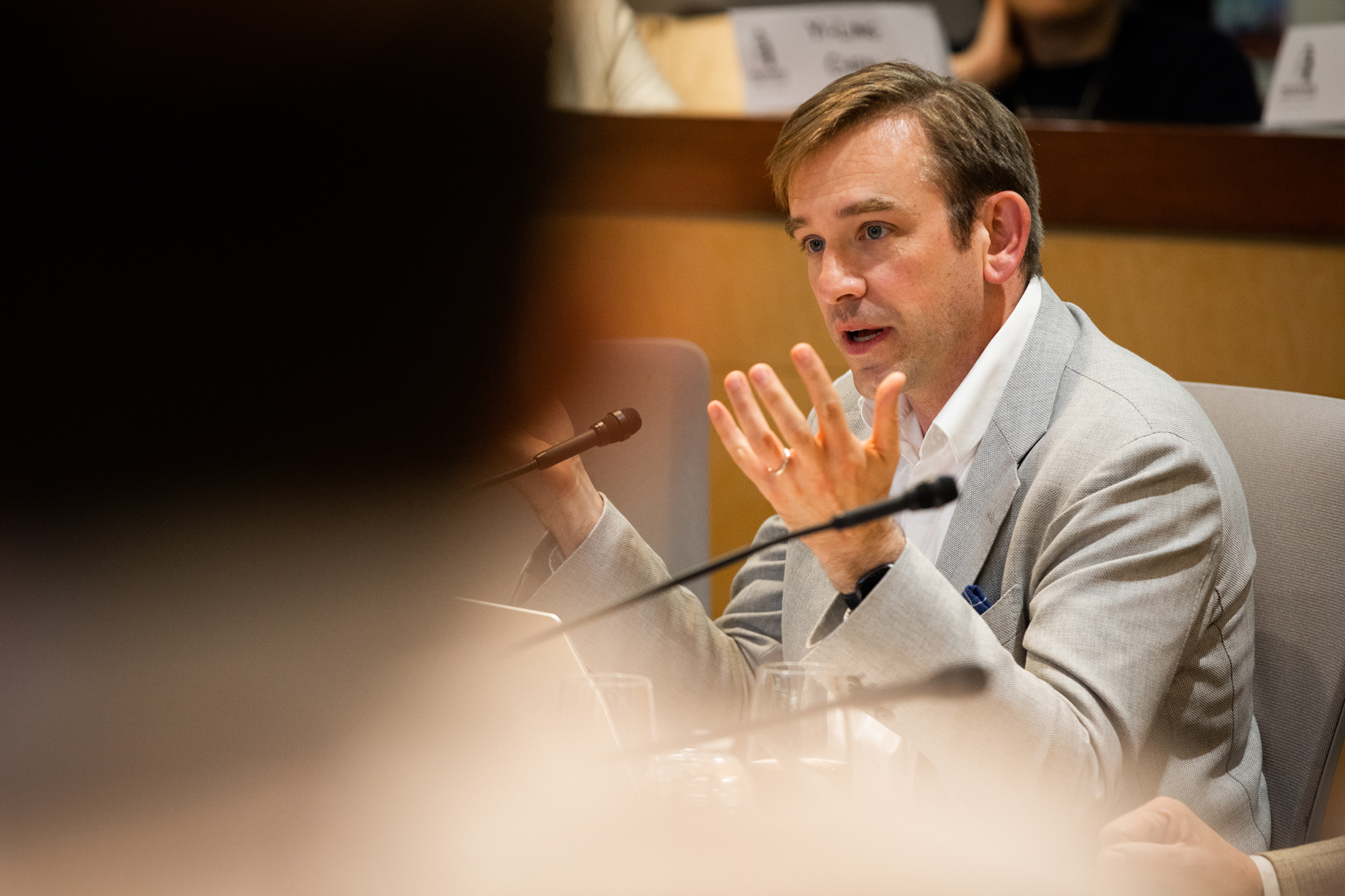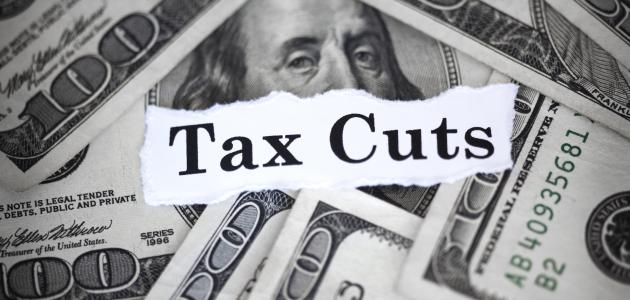Hoover Institution (Stanford, CA) — Taiwan is experiencing tremendous change.
Its population, though richer than it has ever been, is aging rapidly.
Its military, though strong by comparative global standards, still may not deter coercive action by the People’s Republic of China (PRC) in the coming years.
And now, after eight years of leadership by Tsai Ing-wen, it welcomes a new president, Lai Ching Te, sworn in on May 20.
The Hoover Institution’s Taiwan in the Indo-Pacific Region program hosted the Taiwan After the 2024 Elections Conference on May 23-24, to explore the policy implications of these latest political developments.
Led by research fellow Kharis Templeman, the two-day meeting saw experts discuss political dynamics of the island nation, its demographics, economic challenges, its globally influential semiconductor industry, and how it can resist PRC manipulation.
Presenters also discussed the steps it needs to take to deter a possible PRC invasion, and what can be done to strengthen the US-Taiwan relationship.
In January, Lai Ching-te and his Democratic Progressive Party won a plurality of votes in the presidential election, securing more than 40 percent of the vote, with the Kuomintang coming second at 33.5 percent and the upstart Taiwan People’s Party winning 26.5 percent. But in the elections to the legislature held at the same time, the opposition together won 62 seats to the DPP’s 51 – meaning Lai doesn’t have an outright majority in the Legislative Yuan, unlike his predecessor, and will have to compromise with the other parties to pass bills.
From here, Lai and vice-president Hsaio Bi-khim face a myriad of challenges.
First, Yi-Ling Chen of the University of Wyoming showed that Taiwan is feeling the impact of global housing commodification like most advanced economies.
In the capital Taipei, the house sale price to average income ratio now sits at 16:1, making home ownership impossible for many workers.
Min-hua Chiang of the East-West Center then showed attendees how Taiwan’s population is aging, with 31 per cent of people projected to be aged 65 or older by 2044.
The greying of Taiwan’s electorate will lower domestic levels of consumption and make it harder for politicians to sell bigger defense budgets instead of greater spending on health and social services.
Comparing Taiwan with all “globally threatened democracies,” including South Korea, Ukraine, and Israel, Chiang pointed out Taiwan already spends less per capita on defense than all three.
But even so, several speakers showed that Taiwan has a highly competitive economy, low public debt, and a robust and growing semiconductor industry ready to supply the artificial intelligence industry with all the chips it needs to feed its graphics processing units.
But in many conversations during the conference, it appeared difficult to escape the sustained multifaceted influence and pressure the PRC exerts on Taiwan.
Apart from the air incursions that have dominated recent headlines, Christina Lai of Academia Sinica pointed to frequent and punitive trade measures the PRC imposes on the island.
In 2018, Beijing limited the outflow of tourists to Taiwan, prompting the Tsai Ing-wen government to pass a subsidy to encourage domestic tourism.
In 2021, the PRC levelled import bans on Taiwanese pineapples and apples. Taiwan exported more than 41,000 tons of pineapple to the PRC one year earlier.
In response, the Tsai Administration launched a global “Freedom Pineapples” campaign, encouraging Taiwan’s western partners to increase their purchase of Taiwanese pineapples in response to the PRC ban.
The coercive measures can extend to simple use of language by multinational firms operating in China.
In one instance in 2018, China’s Cyberspace Administration shut down the booking website of Marriott Hotels International within China, after the chain circulated a survey that suggested places such as Taiwan, Tibet, and Hong Kong were separate countries.
The conversation then moved to what Taiwan must do in Lai’s term in office to prepare for the prospect of direct military confrontation with the PRC.
According to recent polling, the Taiwanese public might be open to some of the changes necessary to deter China from invading.
Presenter Christina Chen brought forth polling data that showed in November 2023 that 60 per cent of respondents supporting raising Taiwan’s defense budget to three per cent of GDP.
And public support for expanding conscription from the current four months of service to one year is now at 84 per cent, up from 74 per cent two years ago.
So, with evidence there is strong public support for increased defense spending, what would an expansion look like?
The latest defense concept adopted by Taiwanese leadership is to make Taiwan “an island of resilience,” former US defense official Lauren Dickey said.
Rather than earlier defense policies that envisioned grand sea battles in the Taiwan Strait or repelling a mass amphibious assault, this one sees Taiwan’s defenders using asymmetric tactics, hitting the People’s Liberation Army (PLA) wherever it is vulnerable and wearing it down in a war of attrition.
It also means stockpiling large amounts of smaller weapons such as man-portable anti-aircraft missiles, drones, and larger “shoot and scoot” weapons such as the US HIMARS rocket artillery.
Another speaker stated Taiwan and the US likely have “three good years” to bolster Taiwan’s defenses.
And while public polling indicates the Taiwanese public may support spending three percent of GDP on defense, another speaker said mounting adequate deterrence might require spending five percent of GDP.
Also recommended were proposals for Taiwan to strengthen deterrence by joining naval and air exercises with the Quad countries of India, Japan, the US and Australia, and for Canada and Japan to join the AUKUS (Australia-UK-US) defense compact.
Japan’s naval and air power would be vital in any cross-strait conflict, and Canadian naval vessels have been operating in the Sea of Japan and the Taiwan Strait for years.
For the US, it was suggested that they “do more and say less on the security front,” by approving requests for arms purchases by Taiwan, but not publicizing as many of the exercises, freedom of navigation passages, and port calls US forces engage in to make their presence known in the region.
The thinking behind this approach is to increase Taiwan’s confidence without aggravating the PRC at the same time, through public pronouncements of US military actions.
One speaker stated that new President Lai “has a lot on his plate,” and “needs to be given space to fail” at some of these challenges in the short term. It’s only with time in the role that he can be expected to tackle each of the island nation’s many challenges.
Another speaker contrasted Lai’s approach to that of his predecessor. While Tsai studied the Taiwan-mainland China relationship for decades, Lai has not.
Lai is described as someone who sees the world in black and white, with no room for grey areas.
It was suggested he may lack the nuance and background context for a careful navigation of the relationship with the PRC.







